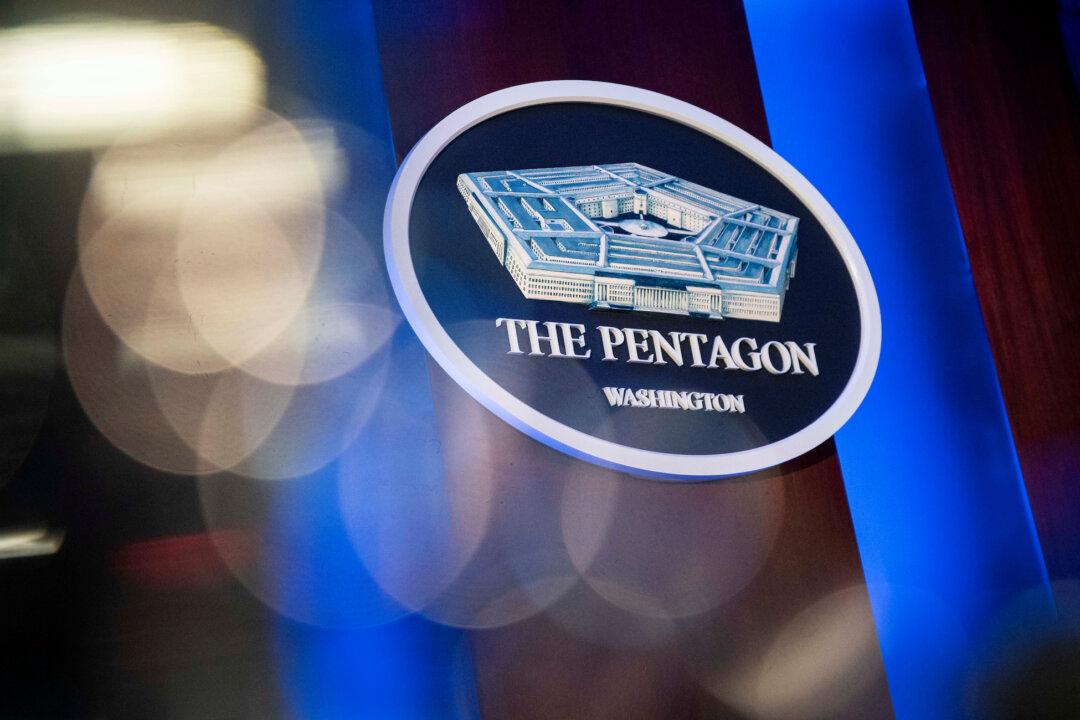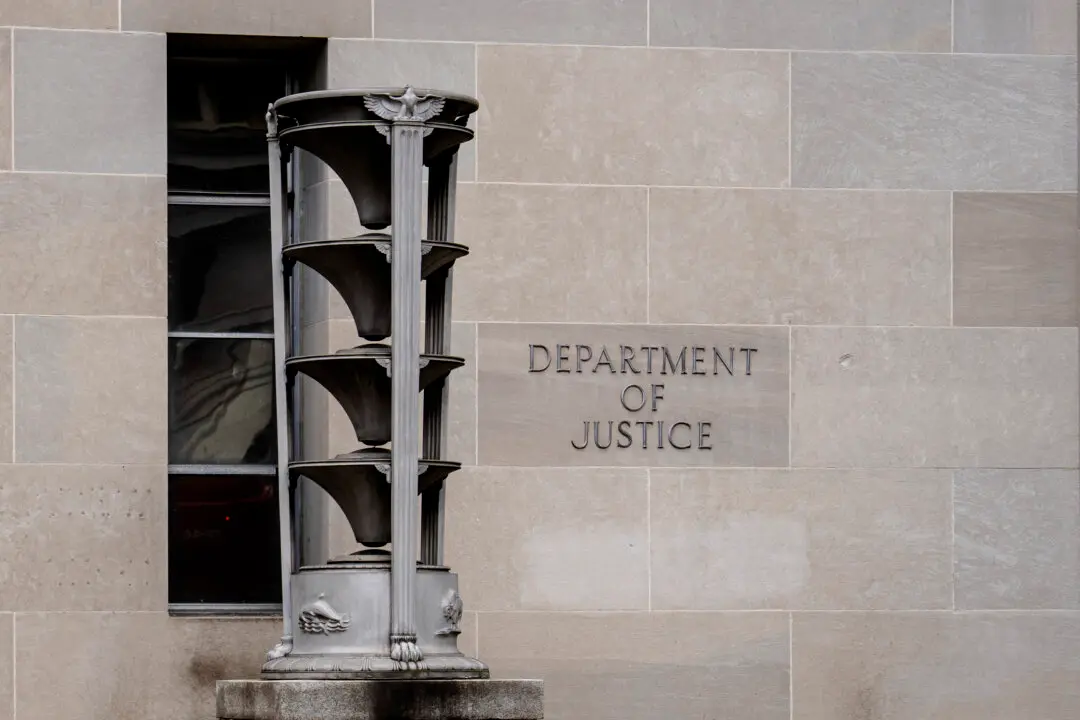The U.S. Department of Defense said on Aug. 10 that it has established a task force to analyze and integrate generative artificial intelligence (AI) tools, such as large language models, across the department.
According to the department, Task Force Lima “will assess, synchronize, and employ generative AI capabilities” across the department, ensuring that the United States remains at the forefront of cutting-edge technology while safeguarding national security.





